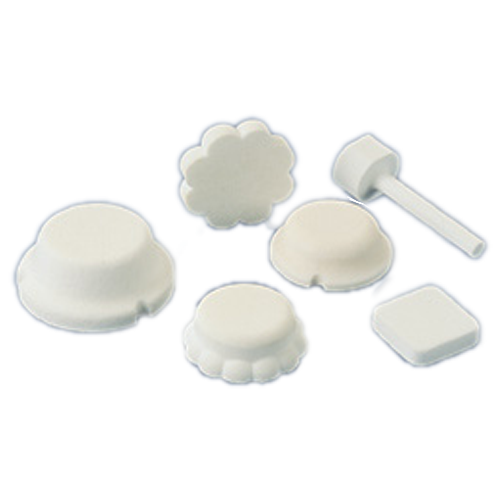Sintered porous plastic material
In the space of advanced materials engineering, the synthesis of porous plastic materials stands as a testament to the strides

Fluid reservoirs and wicks are essential components in numerous industries, including medicine, automotive, and aerospace. These reservoirs and wicks play a crucial role in the transportation of fluids, such as fuel and medication, to their intended destinations. By utilizing capillary action, wicks are able to draw fluids from the reservoir and transport them to the desired location. The reservoirs themselves can take on various forms, including tanks, bladders, and tubes, depending on the specific industry and application. Overall, fluid reservoirs and wicks are integral components in the efficient and effective transportation of fluids across a range of industries.
The management and preservation of fluids within energy storage apparatus is of the utmost importance.
In a wide range of applications, such as drug delivery systems, electrolyte reservoirs, gardening, and the controlled release of liquids, lubricants, oils, and fragrances, fluid reservoirs and wicks play a critical role.
To produce drug delivery devices that deliver precise and dependable doses through fluid management, specialized reservoirs and wicks are imperative components. These components, made from porous polymer or fiber materials, possess remarkable drug retention properties, optimizing volumetric efficiency and boosting the effectiveness of inhalation therapies. They hold a crucial position in enhancing drug delivery devices, leading to better patient health and treatment results.
Electrolyte reservoirs and wicks are specifically engineered to have an optimal capacity and directional flow. These reservoirs are carefully designed to minimize any potential inhalation or skin hazards, ensuring the safety of users. They are constructed using materials such as PP or PE, which are known to be safe for use.
Wick water reservoirs find their application in gardening as they play a crucial role in controlling and retaining fluids within plant containers. By providing a consistent supply of water to the plants, these reservoirs help in maintaining the moisture level of the soil. This ensures that the plants receive the necessary hydration for their growth and well-being.
The versatility of fluid reservoirs and wicks is demonstrated in their use as porous fiber media within energy storage devices. Acting as electrolyte reservoirs, they effectively retain and control fluids within these devices. This showcases their ability to adapt to various industrial applications and contribute to the efficient functioning of energy storage systems.
Porous plastic applicators, wicks, and reservoirs are employed for the controlled release of liquids, including lubricants, oils, and fragrances. These components are designed with precision to offer accurate control over liquid volume capacity and fluid transfer rates. This makes them suitable for a wide range of applications, catering to diverse end-use requirements.
fluid reservoirs and wicks are versatile components that find application in numerous fields, including drug delivery, gardening, energy storage devices, and controlled release of liquids. Their design aims to optimize fluid management, enhance performance, and ensure efficient and reliable fluid transfer in both industrial and consumer products
First Column | Second Column | Third Column | Fourth Column |
|---|---|---|---|
First Row | Second Row | Third Row | Fourth Row |




In the space of advanced materials engineering, the synthesis of porous plastic materials stands as a testament to the strides
Goharan Gostar Nadin Company is a group of specialized engineers in the field of membranes and filters that constantly strive to provide the most effective solutions, achieve the most efficient results, and create the best experience for their customers by utilizing up-to-date knowledge and innovative technologies because they are our most valuable asset and highest priority.
Iran Office: 2nd Floor, no. 31, Qasemi St., Habibollah St., Azadi St., Tehran
Tel.: +989129309178
Turkey Office: Istanbul
Tel.: 00905377067466
Email: info@goharangostar.com
© 2023-2024 Goharan Gostar Nadin, Inc. All rights reserved.